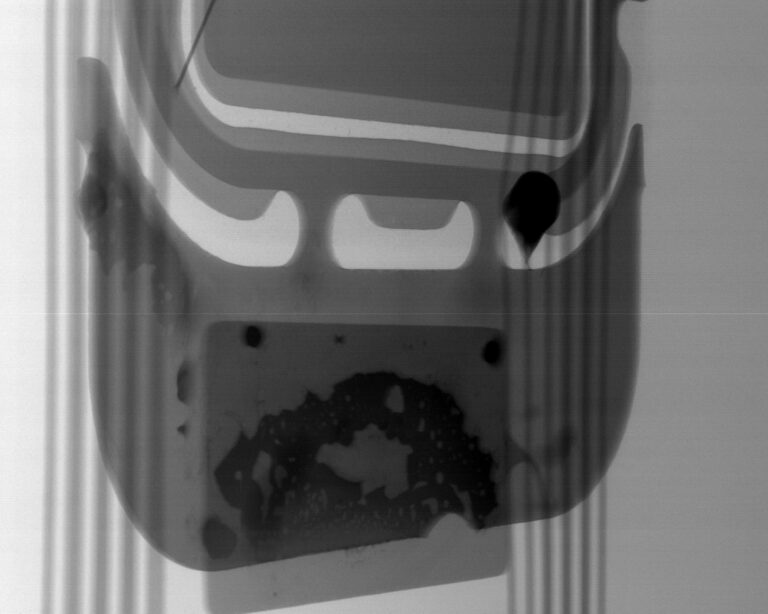From the dawn of biohacking, enthusiasts like myself have continuously sought to push boundaries, blending the line between technology and the human body. Payment implants promised a future where our bodies became our wallets, eliminating the need for physical cards or devices. However, my personal journey with the Walletmor payment implants has been less than ideal.
Early Excitement and the First Implant
In January 2021, I invested in my first Walletmor implant for 230€, fueled by the excitement of joining a new frontier of payment technology. By June, the implant had nestled comfortably in my right hand. Initially, everything seemed to go smoothly. It even survived an MRI scan in October. But by December, just six months after implantation, the chip unexpectedly ceased to function despite no extreme conditions or activities on my part.

Purchasing More, and facing Challenges
In August 2021, I expanded my investment, purchasing two more Walletmor implants at 180€ each with the intention to offer them to my implant studio clients. However, both units were dead-on-arrival, failing to complete transactions on multiple payment terminals. It was a fortunate near miss for my clients.

Quality Control Concerns
I finally received replacement units in the autumn. However, upon professional xray examination of both the dead and replacement units, concerns arose about the soldering quality connecting the chips to the antennas. The inconsistencies were stark, raising alarms about the long-term viability of these implants, especially given their intended in-vivo use.

The Replantation Endeavor
Following the death of my initial implant, I began the arduous journey of seeking a knowledgeable surgeon for “replantation.” This procedure involves both extraction and reimplantation in one session. After investing more than a year and about 400 € for the procedure, I discarded one of the replacement units due to its clear manufacturing defects (xray above) and had the other unit implanted.
Seven weeks later, its performance has not improved, failing to complete transactions on dozens of ATMs and payment terminals. Even though the implant is not dead, responds to Flipper Zero and had been tested with a single successful transaction prior to implantation, it has yet to make a one in vivo.
Closing Thoughts
While I have tried to maintain open communication with Walletmor, the seller has not acknowledged the issues with my first implant and has dismissed concerns regarding the manufacturing quality of the subsequent units. As someone who believes in the promise of payment implants and has supported the industry for years, my experience with Walletmor has been rather disappointing. After spending more than a thousand Euros I’ve only enjoyed about six months of satisfactory service. My numerous attempts of communication and applying for warranty had extremely limited effect (i got delivered more defective units). After three difficult years of dealing with this I seek closure, partially through this article.
Payment implants are hard.
I share my journey not to discourage others but to underline the importance of consistent quality, transparent communication, and a commitment to customer satisfaction in the emerging world of biohacking, other paths are not desirable.

